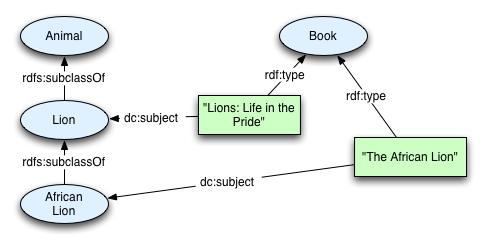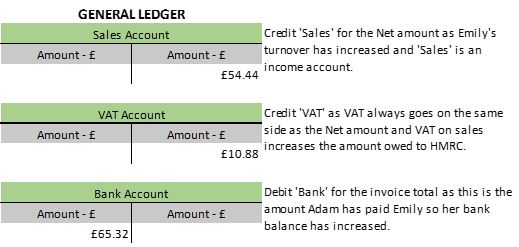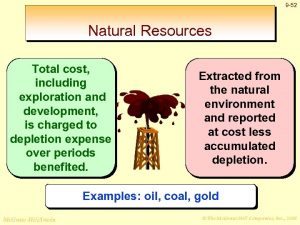
When you keep detailed, organized records of your business transactions, tax season suddenly won’t feel like such a daunting chore. By being proactive with your bookkeeping, you’ll save your small business time when it comes to taxes. Simply turn your financial statements over to your CPA or other tax filings expert, and let them handle the rest. For both sales and purchases, it’s vital to have detailed, complete records of all transactions. You’ll need to note the amount, the date, and any other important details to ensure you can accurately summarize your finances when it comes time for tax season. Purchase receipts should always be kept as proof that the purchases took place.
Client Onboarding Template
The right workflow for your team will depend on the number of projects, the size of the projects, and the number of team members involved. Improve your chance of retaining your client by streamlining your client onboarding process with this client onboarding excel checklist template. Month end close process is more accurate when you use a checklist template to streamline the process. Download our free payroll checklist template to improve your team’s accuracy and efficiency.
Bring Your Bookkeeper Up to Speed
Once you find a process that works for you and your team, codifying it as a workflow ensures consistency and quality. It will also help your team members understand the project goals, budgets, and timelines. For every new small business, it might not make sense to hire a bookkeeper straight away. But as soon as you see growth in your company, it will soon be essential to have a highly detailed, consistent bookkeeping approach. While you can manage your own accounting during the initial stages of your small business, it’s best to make the investment in a qualified, professional bookkeeper to ensure your success in the long term.
Instantly download this blog article as a PDF

I know this sounds like a hardware suggestion, not a workflow tip, but it’s key to the success of your workflow! To me, it’s so crucial that I have a travel monitor for my laptop. Read and use our detailed Accounts Payable Process Flowchart Guide with diagrams and templates. Read and use our detailed Accounts Receivable Process Flowchart Guide with diagrams & editable templates. It’s best to write the length of the delay period within the symbol.
All financial, sales, payroll, time tracking data, and more are in one place, saving me time and effort. An efficient system for handling business finances is at the heart of every successful business, whether it is an accounting firm or any other small company. Finance planning problems make up 66% of the most common reasons for start-up failure. Follow the threads on biz apps (I recommend joining Facebook Groups such as The Workflow WateringHole), and then compare an app’s features to your wish list. There’s no wondering what I need to do or what I’m missing from my clients. If you are going to send an email more than once, copy it and paste it into the toolset or biz app you have settled on.
- When hiring external team members, keep in mind that some of the responsibility still falls to you as the proprietor.
- It should be a living document that gets updated as your business stretches, you adopt new technologies, and best practices change.
- Businesses might not want to keep all cash in the bank, as having an excessive amount of cash in the bank could mean missed opportunities in investment income.
- Bookkeeping beginners need quick wins to get started quickly and efficiently.
- Having several predefined accounting workflows available to you means that you don’t have to create new checklists for each project.
- Using workflows ensures that you track projects each step of the way.
The most common outcomes of the decision stage are Yes and No, although it can be more. It eliminates ambiguity by showing your team their options whenever they get to a decision point based on the variables at each step of the flowchart. Ultimately, the best bookkeeping and payroll services at a fixed price workflow template to use is the one that you and your team will stick to.
Here are some examples of accounting flowcharts that you can create with your workflow checklists to ensure your accounting and bookkeeping projects don’t fail. Starting with a workflow template allows you to build on prior successful project outcomes by following the same steps and procedures. It’s important to keep how to calculate the effective interest rate for discounted bonds in mind that the project templates need not be overly complicated. Simple workflow templates ensure that your team will continue to use them. Juggling multiple client demands is tough, and projects rarely line up nicely one by one and wait their turn.
When you first begin the bookkeeping journey, collect everything you have that could be relevant to establishing financial history. Fortunately, small business owners don’t need to be experts in mathematics to find success when doing their own bookkeeping. There are many ways to divide bookkeeping responsibilities and leverage powerful technology and small business accounting software for more accurate expense tracking. Accountants rely on bookkeeping records to analyze and advise on the financial activity, health, and growth potential of a business. Solid bookkeeping practice 5 skills every entrepreneur should have is fundamental, but can also be overwhelming, even for those who specialize in it. Keeping financial records accurate and up-to-date involves a multitude of tasks.





